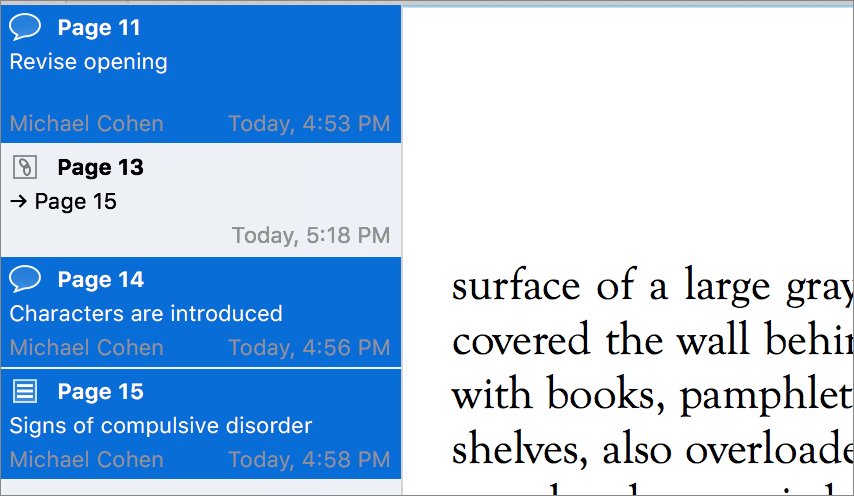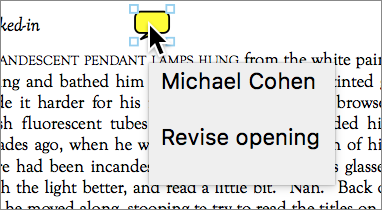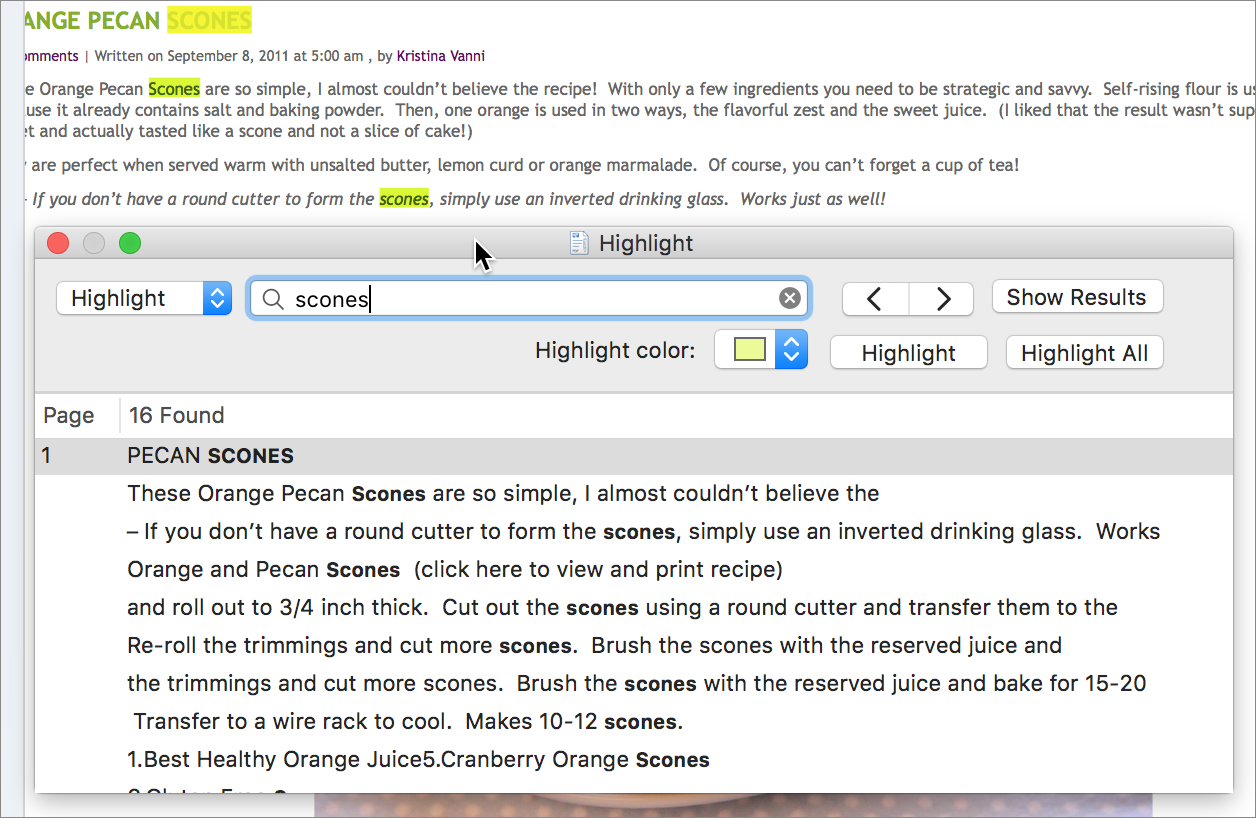PDFpen 9 Improves Markup, Tables of Contents, and More
Smile has just released version 9.0 of its PDF-manipulation utilities, PDFpen and PDFpenPro. According to the company, the new apps share over 100 usability improvements, including additional annotation capabilities, more export options, line numbering, and a hand tool with magnification features. In addition, PDFpenPro has beefed up its Table of Contents creating and editing tool and added the capability to perform horizontal OCR on Japanese, Chinese, and Korean PDFs. (Full disclosure: Smile is a long-time TidBITS sponsor, and I’m working on updating my “Take Control of PDFpen 8” book, which is now free, for PDFpen 9.)
One of the most common things people do with PDFs is mark them up, and PDFpen provides improved markup capabilities. The PDFpen sidebar, which shows you annotations on a PDF and lets you navigate to them, now also offers the option to select multiple annotations and copy their textual contents so you can paste them elsewhere. Plus, you can now delete annotations directly from the sidebar.
Smile also made a small but useful improvement to note annotations: to see a note’s contents, you no longer have to open a closed note icon, but just hover your pointer over it.
The Find tool has been enhanced with highlighting. You can now search a PDF for a word or phrase and have PDFpen mark any or all of the found items with a colored highlight. Two new custom highlight colors have been added as well.
Those working with legal and scholarly PDFs will appreciate that you can now select a passage of text and number its lines. Lacking from this feature, however, is the option to set a starting line number or to number, say, only every fifth line to avoid cluttering up the page.
PDFs with tables of contents become even more navigable in PDFpen 9. A contextual menu gives you greater control over how a PDF’s table of contents is displayed, and, as you page through a document, the list now presents a blue indicator in the sidebar to show where you are. As with annotations, if you would like a list of what’s in a table of contents, you can select entries and copy them as text.
Among the many other additional features, a number stand out:
- A new hand tool in the PDFpen toolbar enables you to drag the currently displayed page around in the app’s window. Zoom keypresses let you both drag and zoom your way around your document simultaneously.
- New image export formats let you export a PDF as a series of JPEG, PNG, or TIFF images in various resolutions.
-
In addition to links that take you to page locations in a document and to Web URLs, you can now add links to other documents on your Mac.
-
You can remove the OCR layer from a PDF.
-
You can print a document’s annotations separately.
For a quick overview of the new features for PDFpen 8 users, check out Smile’s Transition Guide. The company has also published a complete new features list for version 9, along with upgrade information.
PDFpen retails for $74.95 and PDFpenPro for $124.95. Upgrades from version 8 of either app cost $30, and the upgrade price from PDFpen to PDFpenPro is $50. Those who purchased the previous version on or after 1 January 2017 can upgrade to the latest version for free: simply download the current version, launch it, and it handles the upgrade. Family packs and office packs are also available, as is educational pricing.





Just to let you know, it's not only upgrades from version 8 for $30 but from any previous version - according to their site.
Cheers,
K.Ryan